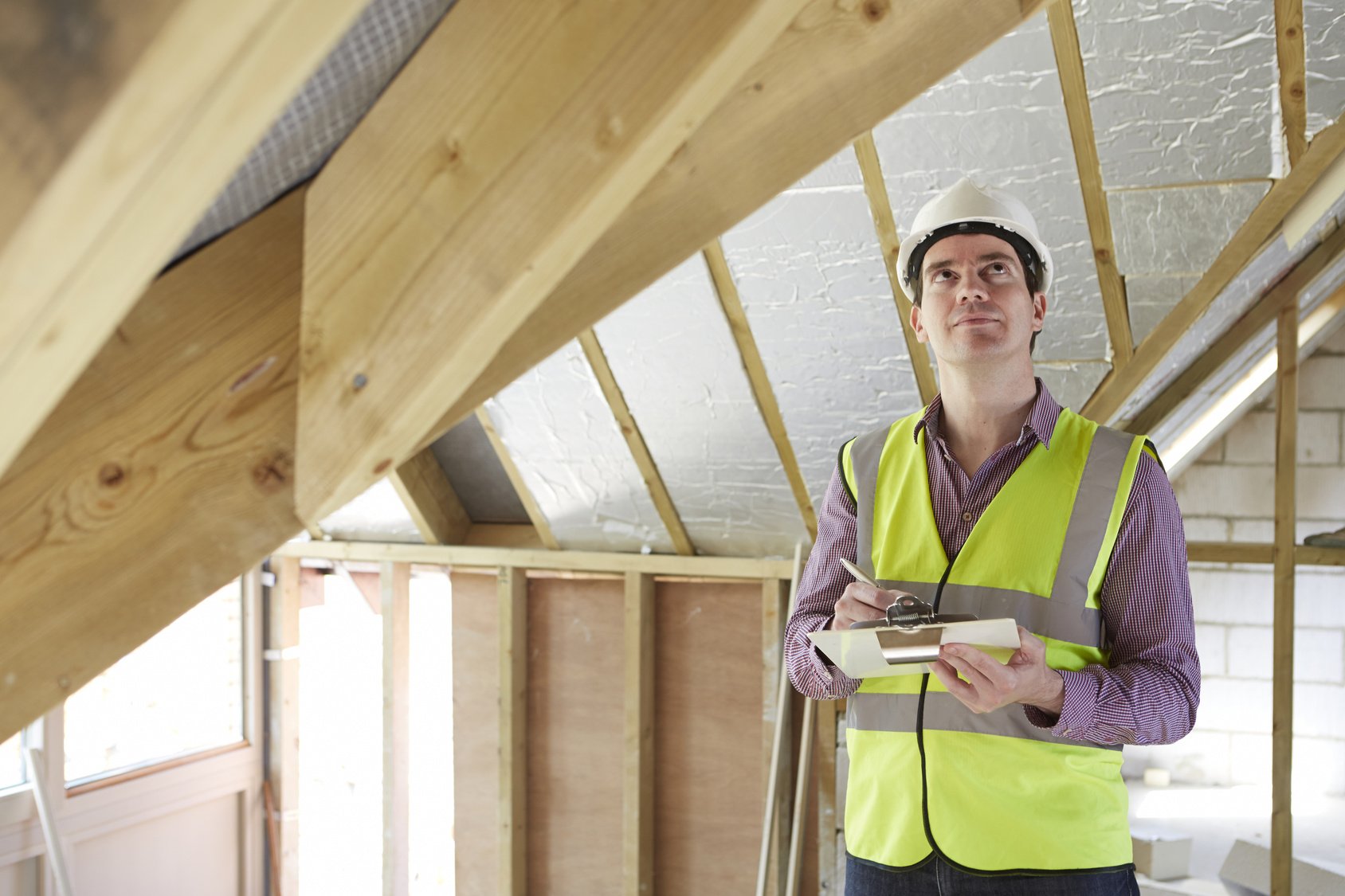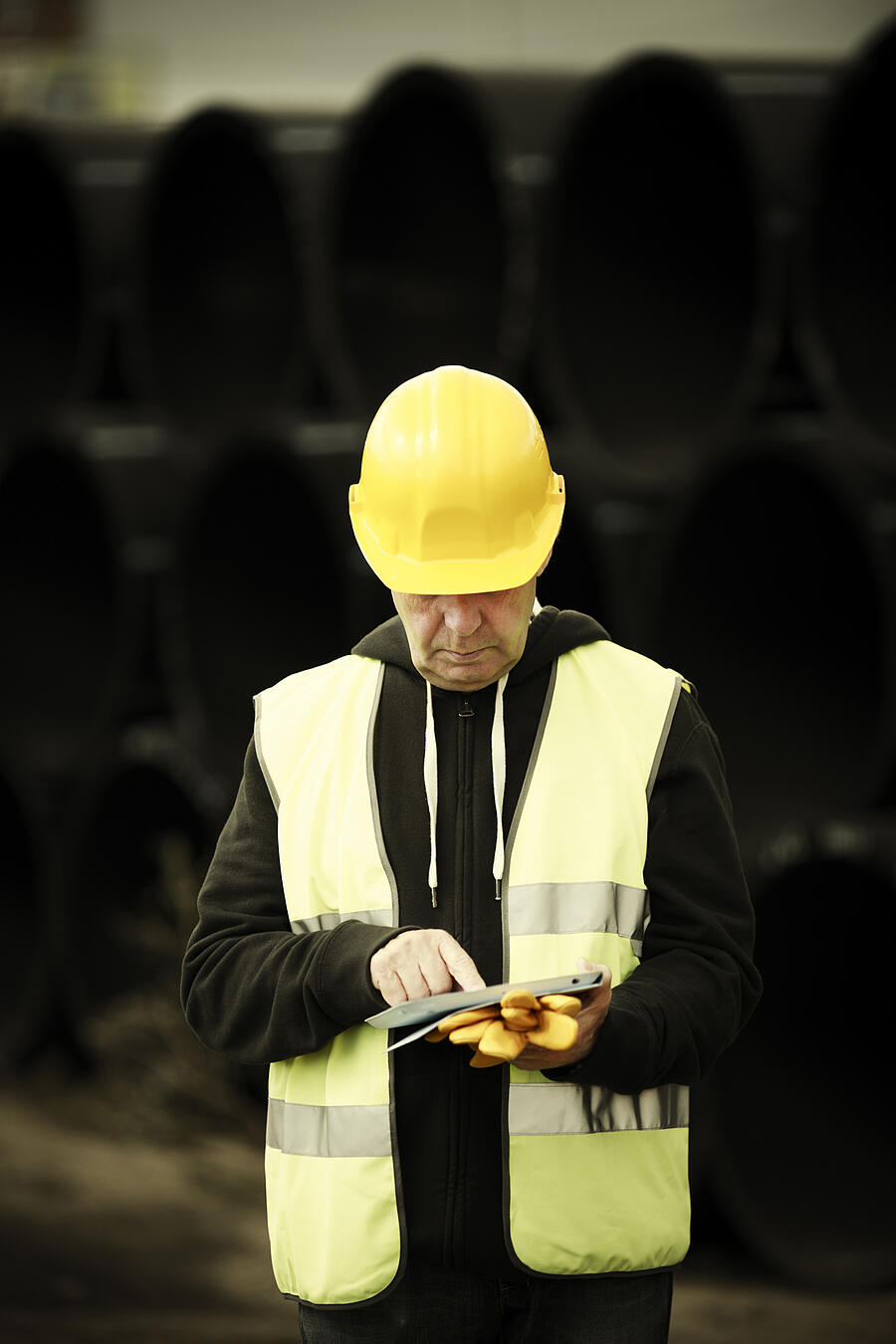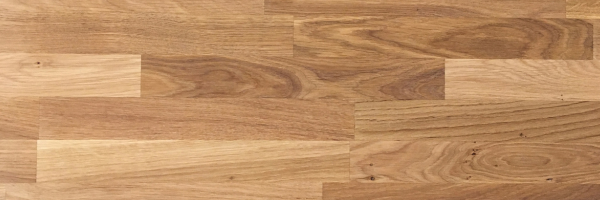5 Ways Moisture Meters Aid Building Inspectors

When checking the integrity of any structure, building inspectors have a variety of tools that they need in order to do their jobs effectively and efficiently. One of the most critical tools of the building inspector, however, is one that many people might not think of: a moisture meter.
An important tool for any inspector who wants to provide a thorough analysis of a structure’s integrity, a moisture tester for building inspection can help inspectors in a variety of ways, such as:
#1: Identifying Mold Risks in a Structure’s Materials
Nobody wants to buy a building only to have to tear it apart to replace mold-riddled insulation, drywall, or even wooden supports. This is a part of the reason why homebuyers and business owners alike will hire a building inspector to check for mold risks in a building before making the purchase.
In order to get an accurate assessment of the risk factor for mold in a building, a building inspector will use moisture meters to check for the moisture content of various building materials, such as the aforementioned drywall, insulation and wood. By doing so, the inspector can find pockets of moisture that put a building at risk of developing mold quickly so that it can be remedied before it becomes a problem, or verify that there is not a mold risk in that particular structure.
#2: Finding Leaks/Sources of Water Intrusion
When there is a leak allowing water into a building, moisture meters can help building inspectors (and other professionals) pinpoint the area where the water is coming from.
For example, if there is a leaky pipe behind a wall, a building inspector could use a moisture meter to outline where the damp area is, even if the moisture is not visible to the naked eye. Sometimes, the moisture from a faulty pipe can be carried up to several feet away from the actual source of the leak before showing through as a discolored patch in the wall, ceiling, or floor.
Without a moisture meter, the building inspector would have to rely on an eyes-only inspection, which may not accurately reflect the actual source of the leak. With a moisture meter, the full area affected by moisture can be reliably identified; this makes it easier to find the true source of the moisture intrusion so that it can be remediated.
#3: Identifying Pest Control Risks
Areas of a building with excessive moisture can become a breeding ground for more than just mold. Pests such as rodents and insects can thrive in damp building materials. By measuring moisture in a structure, building inspectors can find areas where such pests are likely to thrive so that the risk can be eliminated.
#4: Demonstrating Home Inspection Ability
Using a moisture meter for home inspection jobs allows building inspectors to show potential customers how they can document their inspection results. Having access to scientific, quantifiable information that proves whether or not specific structural risks are present in a given building shows people that an inspector’s evaluation of that structure was based on reliable evidence.
Moisture meters can help a new inspector prove that he or she is a reliable source of information, making potential clients more comfortable in seeking their services. When it comes to a major financial decision, such as buying a new house or office, people value a fair, objective assessment, and will want to avoid biased opinions.
The documentation of moisture readings made possible by using a moisture meter (especially models that support the ability to store readings internally and generate reports later), can prove to be a big benefit for building inspectors who are seeking to establish their reputation.
#5: Helping Clients Close Deals
Of course, one of the primary reasons why people hire a building inspector before a major purchase is to prove whether or not that building is suitable to be occupied.
By using the moisture measurements that they collected during their inspection, building inspectors can give their clients a complete picture of that structure’s suitability for use. With the data on a structure’s moisture risks, buyers and sellers alike will know if the building can be sold as is, or at least develop a plan to remediate the risks if the structure isn’t ready for sale just yet.
These are but a few of the ways in which a building inspector might be able to benefit from the use of a high-quality moisture meter in their work. To learn more about moisture meters and how they can be used for a variety of fields, contact us today.
Subscribe to Our Blog
Post Related

4 Things to Look for in a Moisture Meter Manufacturer


